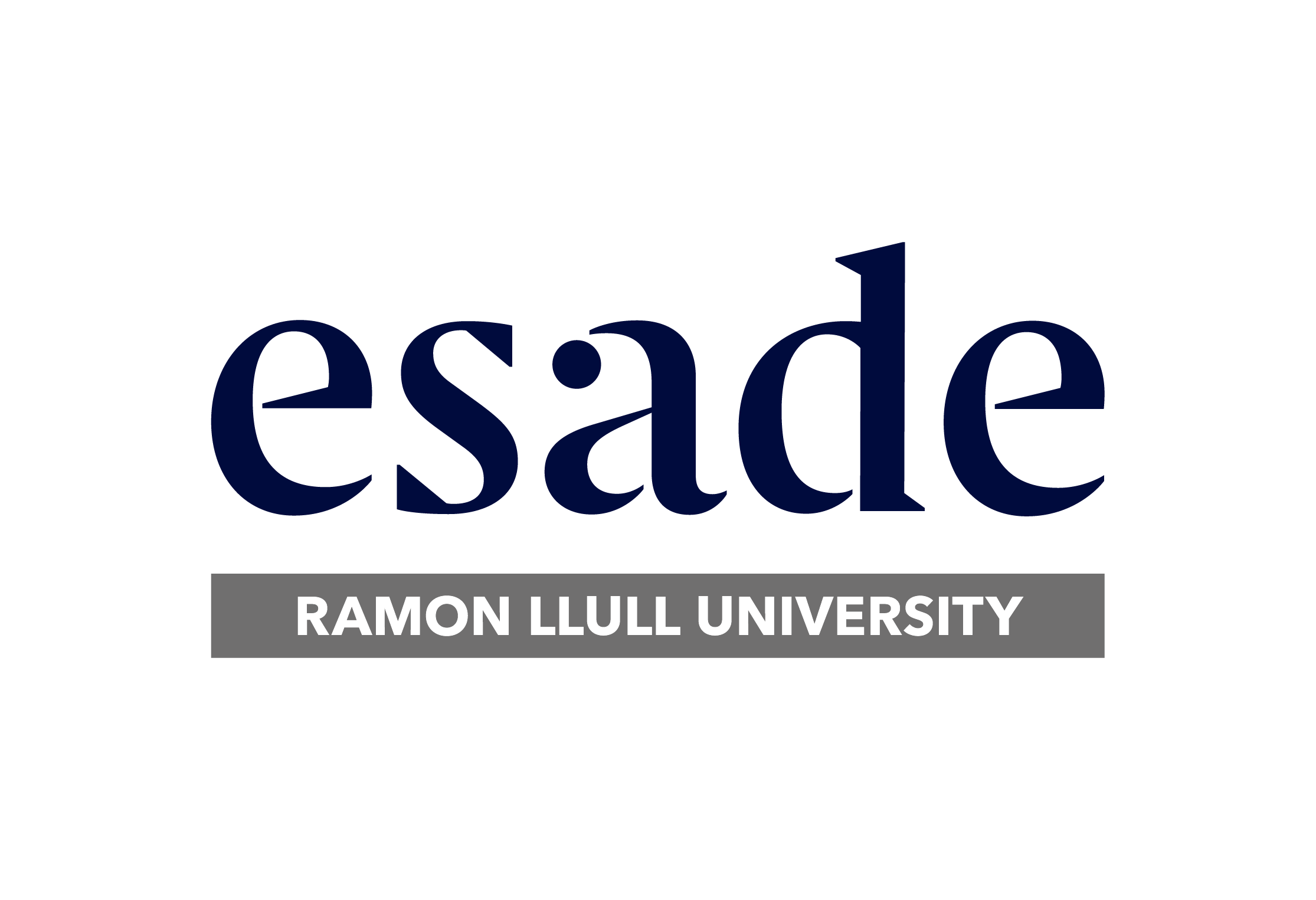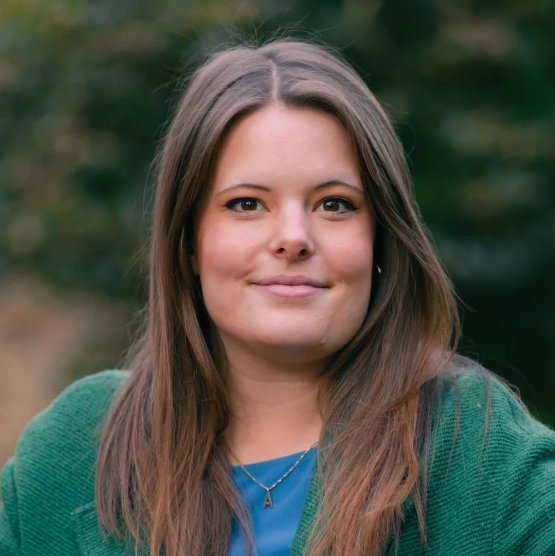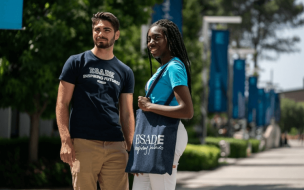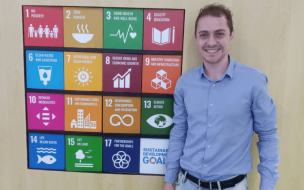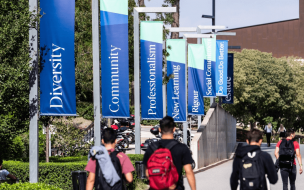For a lot of people, the answer might be ‘a teacher’—and sure, when it comes to the alchemy of turning students into learners, a teacher is an indispensable element.
But others might say that the teacher’s job is not so much to be the key ingredient of learning, but a catalyst for it—what really transforms a classroom into a learning hub is the students.
At ESADE Business School in Spain, faculty take the latter view.
The school practices a style of teaching that they have dubbed ‘Student First’, with a ‘flipped learning’ structure within which students study the concepts of their courses before even stepping into a classroom.
This way, the school says, the space they share with other students and with their professors can become a site of discussion, rather than just information intake—and students have responded positively to the initiative.
“This dynamic creates meaningful discussions in the classroom”

“I like the Student First approach because this dynamic creates meaningful discussions in the classroom,” she says. “Students prepare business cases individually or in groups before class—then, when the professor leads the discussion, everyone understands the context and can contribute his or her point of view immediately.
“It helps everyone to engage in the classroom and stimulates our thinking process. Especially given our diverse cultural and professional backgrounds, this approach helps to immerse us in a real-world environment and prepare us for future challenges.”

Anoop Nagendra, a colleague of Emily’s on the MBA, agrees.
Not only does the approach prompt students to have more meaningful conversations with each other, they also get to enjoy more engagement with their professors.
“Students are at the center of the program and this is evident from the classroom dynamic,” Anoop confirms. “Professors take the time to get to know you on a personal level, tailor their pace to match that of the class, and leverage students’ prior professional experiences to complement their pedagogy.”
Anoop says that faculty are not only able to match the learning styles of the students in their class, but that they are even willing to volunteer their time out of class to help students understand the concepts.
A recent example is an incident that Anoop recalls involving his cost accounting professor, who scheduled multiple voluntary clarification sessions after each class to reinforce fundamentals to students who weren’t very quant-inclined.
This felt like a big statement to Anoop—it was a sign that his professors were invested in his progress, which is not something you’d expect to find to the same degree in a larger school.
“The client expressed that our consulting project exceeded their expectations”
Part of what makes this kind of hands-on teaching possible is that the MBA program is relatively small, home to less than 200 students.
As well as facilitating closer connections with professors, the main thing that the Student First style accomplishes is closer relationships between the students themselves—Anoop says that the intimacy of the class size has been great for building his personal network.
At 26 years old, he’s at the younger end of his cohort, but he’s actively engaged in the life of the student body: as a board member of the MBA Student Association, as vice president of academics and student affairs, and last but not least as a ‘Collaborative Spirit Ambassador’, helping to foster positive relationships between students.
All of these efforts to make students collaborate more closely with one another means that when it comes time for them to work in groups on business cases, the students’ teamwork abilities are even more effective.
Anoop recalls the three intensive courses he has completed with his class: ‘Leading Change’, ‘Strategic Business Simulation’ and the ‘In-Company Project’.
He ranks these modules among his very top experiences at ESADE—in particular the ‘In-Company Project’, a real-life consulting project in which MBAs assemble their own teams to deliver solutions to companies in collaboration with Monitor Deloitte.
Throughout the project, the students were closely guided by Monitor Deloitte staff and by their own faculty, and Anoop says the project went above and beyond what was expected.
“The client expressed that the project exceeded their expectations,” he confirms. “They’re currently exploring longer-term opportunities with members of our team!”
With collaboration skills ranking highly with employers across industries and locations, it’s critical that students hone their abilities to communicate on a deeper level; at ESADE, faculty have cracked one way of doing that.
RECAPTHA :
b4
7e
9d
c9



